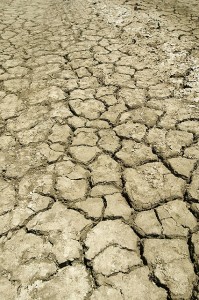The Atlanta Journal-Constitution posted a story this weekend about the extreme drought in Haralson County, 35 miles west of Atlanta on the border with Alabama. The Tallapoosa River there is so low (second lowest on record) that it is now below the intake to their water plant. I’ve heard reports that the river looks like “a series of puddles.” As a result, they are under Level 3 (the highest level) of water restrictions in Georgia, which means no watering except for family food plots, no car washes, etc. They are trucking in water for firefighting and other emergency needs. The schools are going to be operating with portable toilets and bottled water.
Many other areas in north Georgia depend on surface water for their water supplies, so this may be the first of a number of communities that are having extreme water supply issues if the drought continues as feared. Of course we already know that due to the drought the corn crop there has been mostly lost and farmers are culling cattle and importing hay to feed their livestock. What would you do if you were faced with this shortage of water? Impacts for this type of hydrologic and socioeconomic drought stretch beyond the schools to the operation of hospitals, manufacturing plants, utilities, and many other businesses that use water. If you don’t have a drought plan for your community, I hope you’ll consider developing one since this could hit anywhere in the Southeast at some point in the future.
